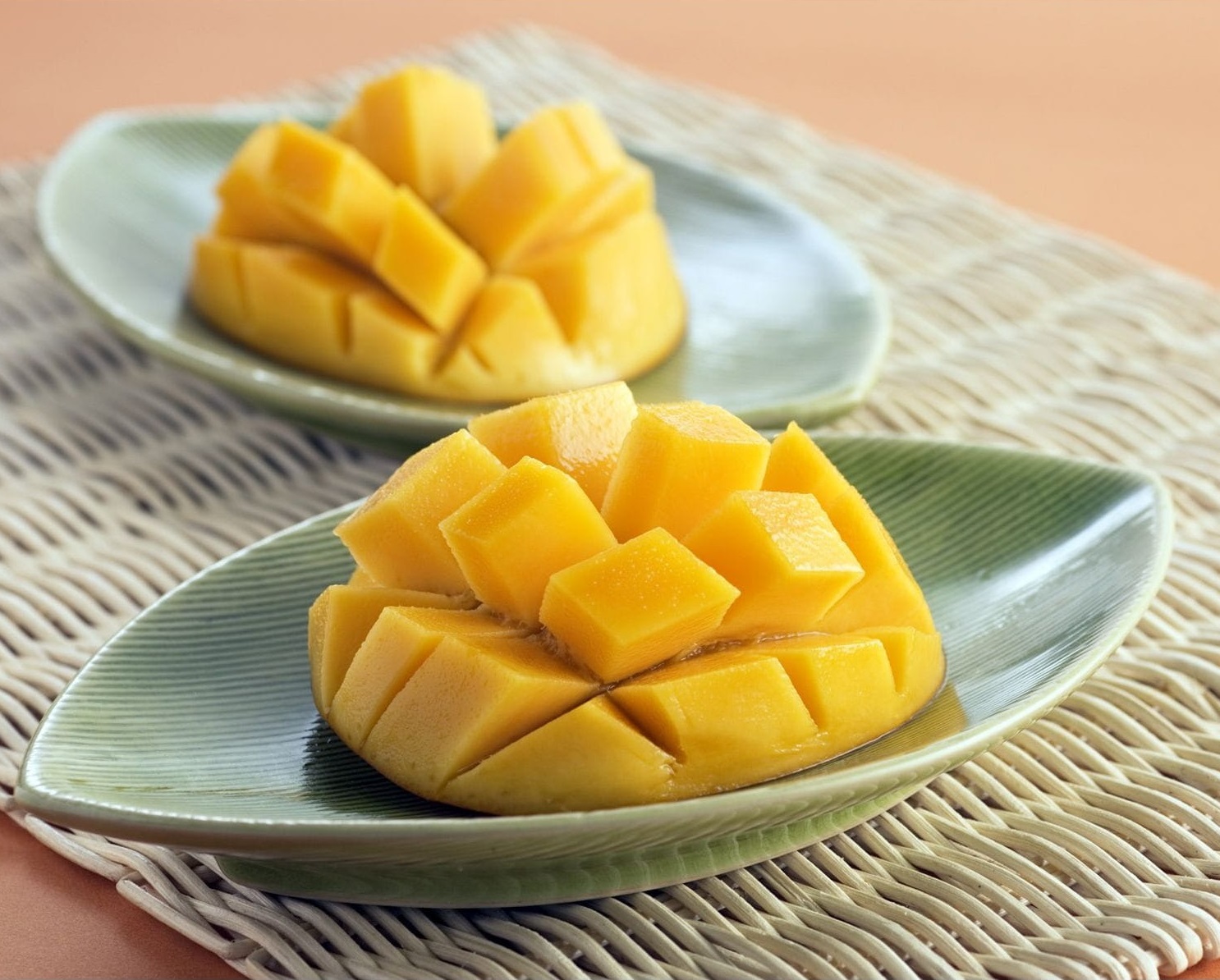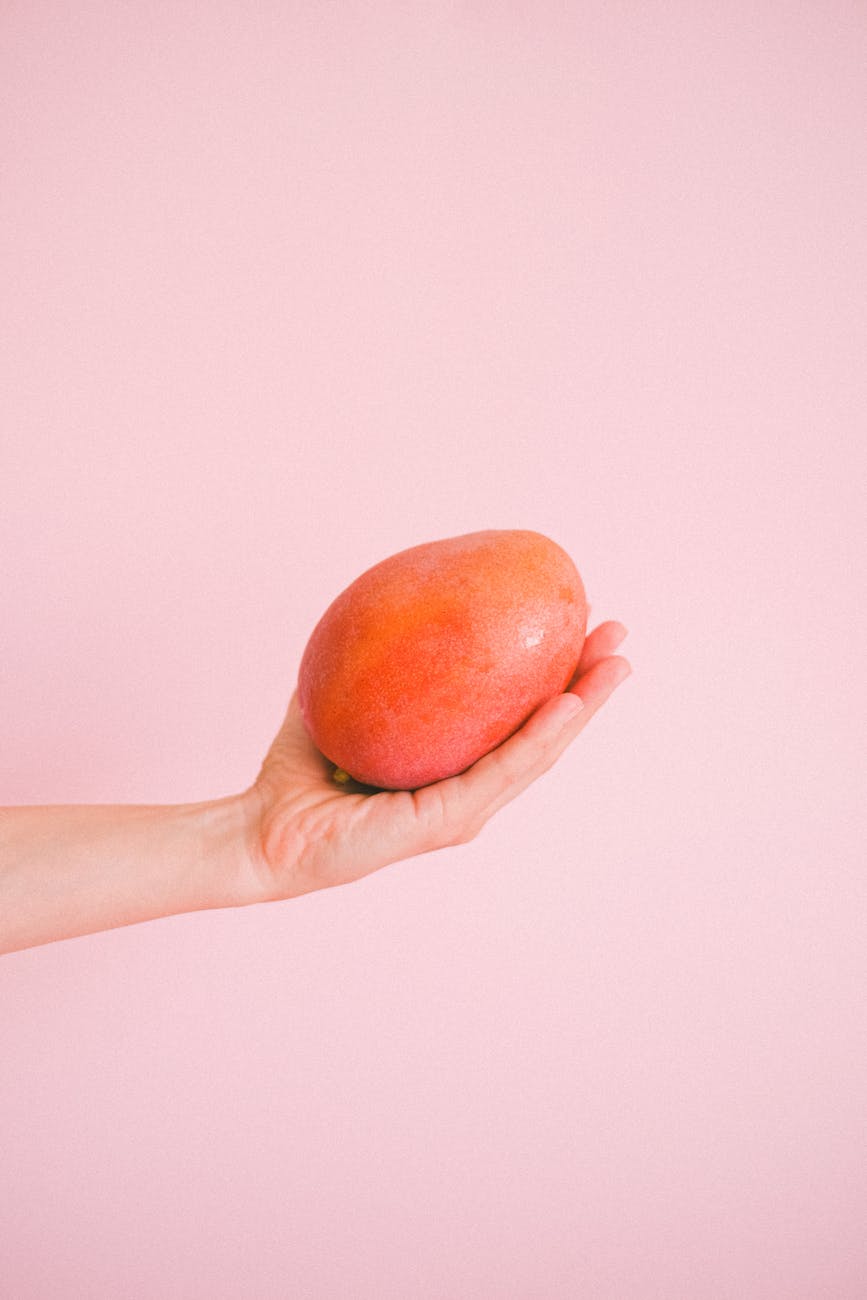
When it comes to mangoes 🌟🥭, one variety reigns supreme—the Alphonso mango. Known as the “King of Fruits,” the Alphonso mango is cherished for its exquisite taste, velvety texture, and intoxicating aroma. But beyond its delectable flavor, the Alphonso mango offers a host of impressive health benefits that make it a valuable addition to a balanced and nutritious diet. In this comprehensive guide, we’ll explore the nutritional profile of Alphonso mangoes, delve into their health-enhancing properties, and provide practical tips on incorporating this tropical delight into your daily routine. Prepare to discover why the Alphonso mango is truly a fruit fit for royalty! 🌴🥭🌞
🌿 Rich in Vitamins and Minerals: Alphonso mangoes are a treasure trove of essential vitamins and minerals. They are a fantastic source of vitamin C, a powerful antioxidant that boosts immune function, promotes collagen synthesis for healthy skin, and aids in iron absorption. Alphonso mangoes also provide a substantial amount of vitamin A, which supports vision health, immune function, and cell growth. Additionally, they contain a variety of B vitamins, potassium, and magnesium, all of which contribute to overall well-being.
🌱 Packed with Antioxidants: Antioxidants play a crucial role in protecting the body against cellular damage caused by harmful free radicals. Alphonso mangoes are rich in antioxidants such as phenolic compounds, flavonoids, and carotenoids, including beta-carotene. These antioxidants help neutralize free radicals, reduce oxidative stress, and lower the risk of chronic diseases like heart disease, cancer, and age-related macular degeneration.
💪 Boosts Immunity: Alphonso mangoes are a natural immune booster, thanks to their high vitamin C content. Vitamin C enhances the production of white blood cells, strengthens the immune system, and helps the body fight off infections and diseases. Including Alphonso mangoes in your diet can bolster your immune defenses and keep you feeling healthy and vibrant.
🌞 Promotes Healthy Skin: The vitamins and antioxidants present in Alphonso mangoes contribute to radiant and youthful skin. Vitamin C aids in collagen production, which helps maintain skin elasticity and reduces the appearance of wrinkles and fine lines. The antioxidants in Alphonso mangoes combat free radicals, protecting the skin from damage and promoting a healthy complexion. Adding Alphonso mangoes to your diet can give your skin a natural glow from within.
🌿 Supports Digestive Health: Alphonso mangoes are an excellent source of dietary fiber, which promotes healthy digestion and regular bowel movements. Fiber adds bulk to the stool, facilitates proper digestion, and prevents constipation. The fiber content in Alphonso mangoes also supports the growth of beneficial gut bacteria, promoting a healthy gut microbiome.
💪 Provides Energy: Alphonso mangoes are a natural source of carbohydrates, which are the body’s primary source of energy. The natural sugars in Alphonso mangoes, such as fructose and sucrose, provide a quick and sustainable energy boost. The fiber content in these mangoes helps regulate the release of sugars into the bloodstream, preventing rapid blood sugar spikes and crashes.
🌱 Good for Heart Health: Alphonso mangoes contribute to heart health due to their fiber and potassium content. Fiber helps reduce cholesterol levels by binding to it in the digestive tract, while potassium helps maintain healthy blood pressure levels. Incorporating Alphonso mangoes into a heart-healthy diet can contribute to cardiovascular well-being.
🍽️ Incorporating Alphonso Mangoes into Your Diet: There are countless ways to enjoy the flavors and health benefits of Alphonso mangoes. Here are a few ideas:
- Fresh and Juicy: Slice a ripe Alphonso mango and savor it as a refreshing snack on its own.
- Smoothies and Shakes: Blend Alphonso mangoes with yogurt, almond milk, or coconut water for a luscious and nutritious smoothie.
- Salads and Salsas: Add diced Alphonso mangoes to salads, salsas, or even guacamole for a burst of tropical sweetness.
- Grilled or Baked: Grill or bake slices of Alphonso mangoes for a caramelized treat that can be enjoyed on its own or added to desserts and savory dishes.
- Frozen Treats: Puree Alphonso mangoes and freeze them in popsicle molds for a delightful and healthy frozen treat.
🥭🌟 Including Alphonso mangoes in your diet not only satisfies your taste buds but also provides a range of health-enhancing benefits. So, relish the sweetness, aroma, and goodness of Alphonso mangoes while nourishing your body with a fruit fit for royalty!













